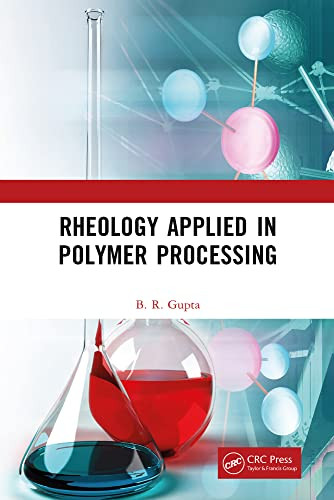

Most ebook files are in PDF format, so you can easily read them using various software such as Foxit Reader or directly on the Google Chrome browser.
Some ebook files are released by publishers in other formats such as .awz, .mobi, .epub, .fb2, etc. You may need to install specific software to read these formats on mobile/PC, such as Calibre.
Please read the tutorial at this link: https://ebookbell.com/faq
We offer FREE conversion to the popular formats you request; however, this may take some time. Therefore, right after payment, please email us, and we will try to provide the service as quickly as possible.
For some exceptional file formats or broken links (if any), please refrain from opening any disputes. Instead, email us first, and we will try to assist within a maximum of 6 hours.
EbookBell Team

4.4
72 reviewsThis book covers a wide range of topics in polymer rheology. These are:
• Basic Principles, parameters, systems and applied mathematical models used in the rheological studies.
• Melt flow analysis of different non-Newtonian fluids in laminar flow, transition between laminar and turbulent flow and modified Reynolds number.
• The effects of different physical and molecular parameters on purely viscous rheological response of polymer melts and solutions.
• Principles of rheometery and different types of viscometers and on-line rheometers.
• The static and dynamic viscoelastic response of the polymer melts and solutions, viscoelasticity, mechanical models and Boltzmann superposition principle.
• Molecular structure – viscoelasticity relationship and linear and non-linear viscoelasticity.
• Effects of different processes, materials parameters like temperature, fillers (micro and nano-fillers) and molecular parameters like MW, MWD.
• The role of rheology in polymer processing in different equipment.
• Modified power law constants and two range power law constants for a large number of polymers, rheology software program in Java, comparison of different polymer rheological models using the rheology software and answers to the problems.
The book will be very useful to both undergraduate and postgraduate students, as well as teachers and practicing rheologists.